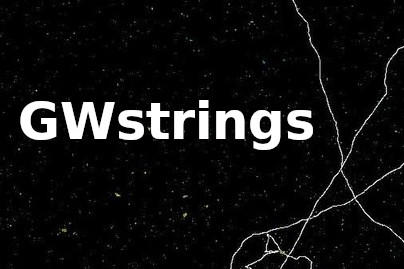Coordination:
Lara G. Sousa
Scope:
Funding:
Fundação para a Ciência e a Tecnologia
In 2016, the LIGO experiment detected gravitational waves for the first time and precipitated us into the era of Gravitational Wave Astronomy. Until now, the primordial universe has mostly been invisible. However, since gravitational waves travel virtually unimpeded through spacetime, they are expected to enable us to peak into the early universe for the very first time.
The standard model of particle physics suggests that the observed symmetries of elementary particles resulted from the breaking of a larger symmetry group. The early universe is, then, expected to have underwent a series of symmetrybreaking phase transitions. The production of topological defects, as remnants of these phase transitions, is predicted in several Grand Unified Theories. The study of topological defects and their observational imprints offers an insight into the physics of the primordial universe, by enabling us to reconstruct the sequence of phase transitions that have occurred in the distant past and to discriminate between different particle physics scenarios. Compellingly, the recent suggestion that fundamental strings and 1-dimensional D-branes – the fundamental objects of Superstring theory – may play the role of cosmic strings extends this possibility towards very early cosmological times into energy scales far beyond the reach of current particle accelerators.
Topological defects emit gravitational waves throughout their evolution and may, therefore, give rise to a significant gravitational wave background. With the onset of Gravitational Wave Astronomy there is then the prospect of either detecting topological defects for the first time – a Nobel-prize worthy discovery – or of significantly tightening observational constraints. In either case, there is a lot of information to be gained about the evolution of the primordial universe and about particle physics from the study of the gravitational signatures of cosmic defects.
The accurate computation of the gravitational wave imprints of defects is essential to use the data of present and upcoming observational infrastructures to their full potential. This project then aims at significantly improving the current computations of the gravitational wave background generated by topological defects, with a particular emphasis on cosmic (super)string and domain wall networks. This will be achieved through the development of realistic semi-analytical models to describe the cosmological evolution of cosmic defect networks and their gravitational wave emission, in articulation with numerical studies of their dynamics. The use of upcoming data from the LIGO-VIRGO collaboration and pulsar timing data from IPTA and LEAP to derive observational constraints on cosmic (super)-string and domain wall forming scenarios will also be central to this project. Detailed forecasts for upcoming probes, including the LISA mission (as part of our participation in the LISA Cosmology Working Group), will also be performed.

